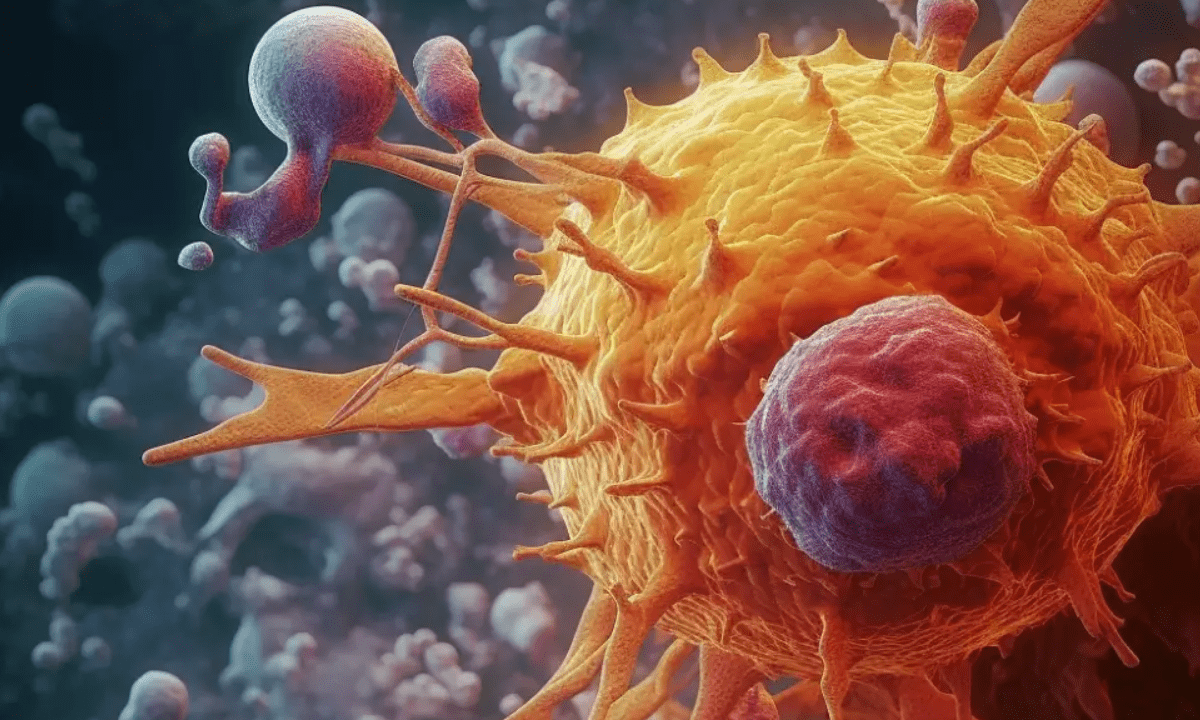Geographic Atrophy: Aviceda Therapeutics Announces Formation of European Clinical Advisory Board
The European Clinical Advisory Board (CAB) is made up of internationally recognized thought leaders in retina. The CAB will provide strategic consultation on the company’s clinical development of its lead asset, AVD-104, for the treatment of geographic atrophy (GA) secondary to age-related macular degeneration (AMD).

The company also announced that Tarek S. Hassan, MD will serve as Chair of the European and US CABs.
Inaugural members of the European CAB include:
Frank Holz, MD
- Professor and Chair, Department of Ophthalmology, University of Bonn, Germany
- Co-founder, German Research Foundation Priority Program for AMD & GRADE Reading Center
- Board of the German Ophthalmological Society
- Past President, EURETINA
Ursula Schmidt-Erfurth, MD
- Professor and Chair, Department of Ophthalmology and Optometry, Medical University of Vienna, Austria
- Strategical Head, Vienna Reading Center
Jordi Monés, MD, PhD
- Director, Institut de la Màcula, Barcelona, Spain
- Director, Principal Investigator and Founder of the Barcelona Macula Foundation: Research for Vision
Anat Loewenstein, MD, MHA
- President, Israeli Ophthalmology Society
- Vice Dean of the Faculty of Medicine and Sidney Fox Chair of Ophthalmology, Tel Aviv University, Israel
- Chairman, Ophthalmology Sourasky Medical Center, Tel Aviv, Israel
- President-elect, EURETINA
Usha Chakravarthy, FRCOphth, PhD, CBE
- Professor of Ophthalmology and Vision Sciences, Royal Victoria Hospital and Queens University of Belfast, Northern Ireland
- Awarded Commander of the British Empire (CBE) for services to ophthalmology
Adnan Tufail, MB, BS, MD, FRCOphth
- Professor of Ophthalmology, University College London
- Consultant Ophthalmologist, Medical Retina Service, Moorfields Eye Hospital, London, United Kingdom
“We are honored to welcome such outstanding renowned experts in clinical and academic retina to support and guide expansion of our clinical programs with AVD-104 to Europe and across the globe to bring next-generation efficacy and safety to patients with GA secondary to AMD,” Tarek S. Hassan, MD, Aviceda’s Chief Development Officer, said in a company news release.
“We are excited that results from Part 1 of the US phase 2/3 SIGLEC trial demonstrated functional and anatomic improvement in eyes with GA secondary to AMD after a single injection of AVD-104,” said Mohamed Genead, MD, Aviceda’s Co-founder and CEO. “With the contributions and support of this esteemed panel—and with Dr. Hassan as its chair—we look forward to bringing our clinical efforts to Europe later this year.”
Aviceda Therapeutics announced in February 2024 that it has dosed the first patient in Part 2 of the Phase 2/3 SIGLEC trial for AVD-104 in patients with geographic atrophy (GA) secondary to age-related macular degeneration (AMD).
Part 2 of the SIGLEC trial is a multi-center, double-masked, randomized, controlled trial that will assess safety and efficacy outcomes of AVD-104 and an active comparator (avacincaptad pegol) for the treatment of GA secondary to AMD. Patients will be dosed for 12 months, with the opportunity to remain in the study for an additional 12 months. Those assigned to treatment with AVD-104 will receive either low-dose AVD-104, high-dose AVD-104, or the active comparator. The primary endpoint will be the difference in growth rate of the GA area in patients treated with AVD-104 versus those receiving active comparator at 12 months as measured by fundus autofluorescence. Numerous other visual functional and anatomic efficacy measures will also be explored and compared between AVD-104 and the active comparator. Further information regarding the Phase 2/3 SIGLEC trial can be found HERE.
Part 1 of the SIGLEC trial was a multi-center, open-label safety and dose-escalation trial of 30 patients who received a single intravitreal injection of AVD-104 and were followed for 3 months. In Part 1, all patients tolerated a single dose of AVD-104 at month 3, and no drug-related ocular or systemic severe adverse reactions were observed. More about the topline data from Part 1 of SIGLEC HERE.
AVD-104 is a intravitreal glycan-coated nanoparticle with a dual mechanism of action that modulates critical inflammatory cellular and complement pathways through 1) direct inhibition of damaging phagocytic/inflammatory macrophages, resolution of neovascular VEGF-producing macrophages, and repolarization of activated microglia to their neuroprotective resolution state, and 2) inhibition of complement cascade amplification.
Sources: Aviceda / Business Wire